Description
Emulsifiers: The Unsung Heroes of Your Kitchen and Beyond
We often take for granted the smooth, consistent textures of our favorite foods and beauty products. But behind the scenes, a class of ingredients called emulsifiers are quietly working their magic. These unsung heroes play a crucial role in blending substances that naturally resist each other, creating stable and appealing products we use every day.
So, what exactly are emulsifiers?
Imagine trying to mix oil and water. No matter how hard you stir, they’ll eventually separate into distinct layers. This is because oil and water are immiscible, meaning they don’t naturally mix. Emulsifiers, however, are like molecular matchmakers. They have a unique structure: one end is attracted to water (hydrophilic) and the other end is attracted to oil (hydrophobic).
This dual nature allows emulsifiers to position themselves at the interface between oil and water, reducing surface tension. The hydrophobic end anchors itself in the oil, while the hydrophilic end interacts with the water. This creates a stable mixture, preventing the oil and water from separating. This stable mixture is called an emulsion.
Where do we find emulsifiers?
They are prevalent in both the food and cosmetic industries, with a wide range of applications:
- Food: Think of mayonnaise, salad dressings, ice cream, chocolate, and even milk (casein acts as a natural emulsifier). Emulsifiers in these products ensure a smooth texture, prevent separation, and improve shelf life. Lecithin (found in egg yolks and soybeans) is a common example.
- Cosmetics: Lotions, creams, shampoos, and conditioners all rely on emulsifiers to keep oil-based ingredients (like moisturizers and fragrances) evenly dispersed in water-based formulas. Cetyl alcohol, emulsifying wax, and various ethoxylated alcohols are frequently used.
- Pharmaceuticals: Emulsifiers also play a role in drug delivery, ensuring that medications are properly formulated and absorbed by the body.
- Industry: Emulsifiers are used in paints, cleaning products, and even firefighting foams to create stable mixtures and improve performance.
Common Types of Emulsifiers:
Emulsifiers come in various forms, derived from natural or synthetic sources. Here are some common examples:
- Lecithin: Found in egg yolks and soybeans, a versatile and widely used emulsifier.
- Mono- and diglycerides: Derived from fats and oils, often used in baked goods and processed foods.
- Polysorbates: Synthetic emulsifiers used in both food and cosmetics.
- Sodium stearoyl lactylate (SSL): Used primarily in baked goods to strengthen dough and improve texture.
- Emulsifying wax: A blend of ingredients commonly used in homemade lotions and creams.
- Proteins: Casein in milk and proteins in egg whites can also act as natural emulsifiers.
Are Emulsifiers Safe?
Most emulsifiers used in food and cosmetics are considered safe for consumption and topical application when used within regulated limits. Regulatory bodies like the FDA and EFSA rigorously evaluate emulsifiers before they are approved for use. However, as with any ingredient, some individuals may experience sensitivities or allergic reactions.
The Future of Emulsifiers:
Research and development in emulsifier technology are ongoing, focusing on:
- Developing more natural and sustainable emulsifiers: This includes exploring plant-based alternatives and reducing reliance on synthetic options.
- Improving the performance of emulsifiers: This involves creating more stable emulsions and enhancing the texture and appearance of products.
- Exploring new applications for emulsifiers: This includes using them in innovative ways to create new food products, cosmetics, and pharmaceuticals.
In conclusion, emulsifiers are essential ingredients that play a vital role in creating the products we rely on every day. By understanding their function and importance, we can gain a greater appreciation for the science behind the products we use and consume. They are the silent architects of smooth textures and stable formulas, ensuring a more pleasurable and convenient experience for consumers around the world.


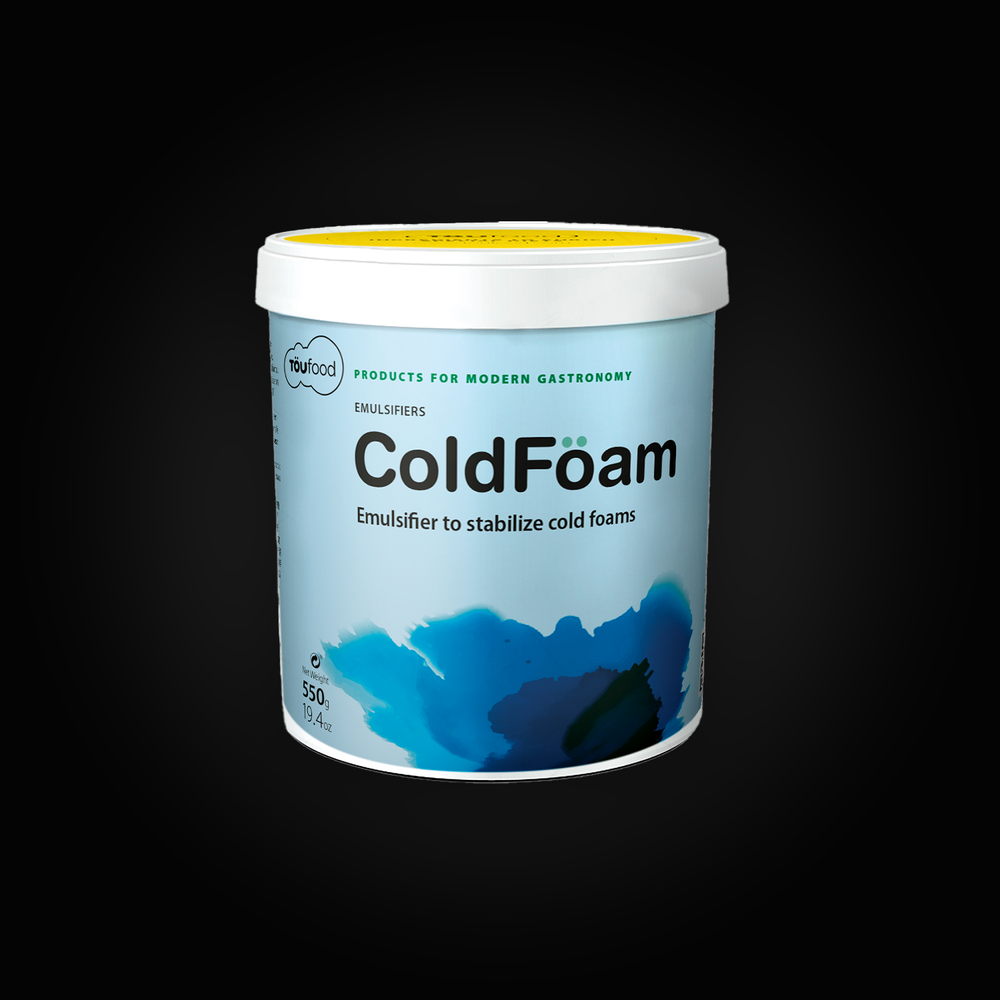
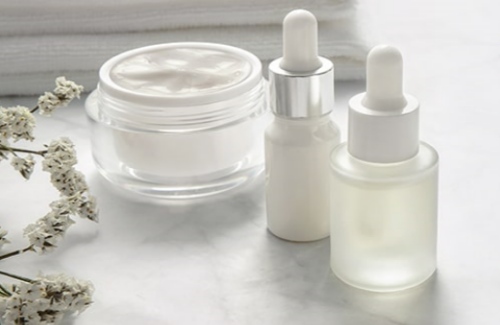
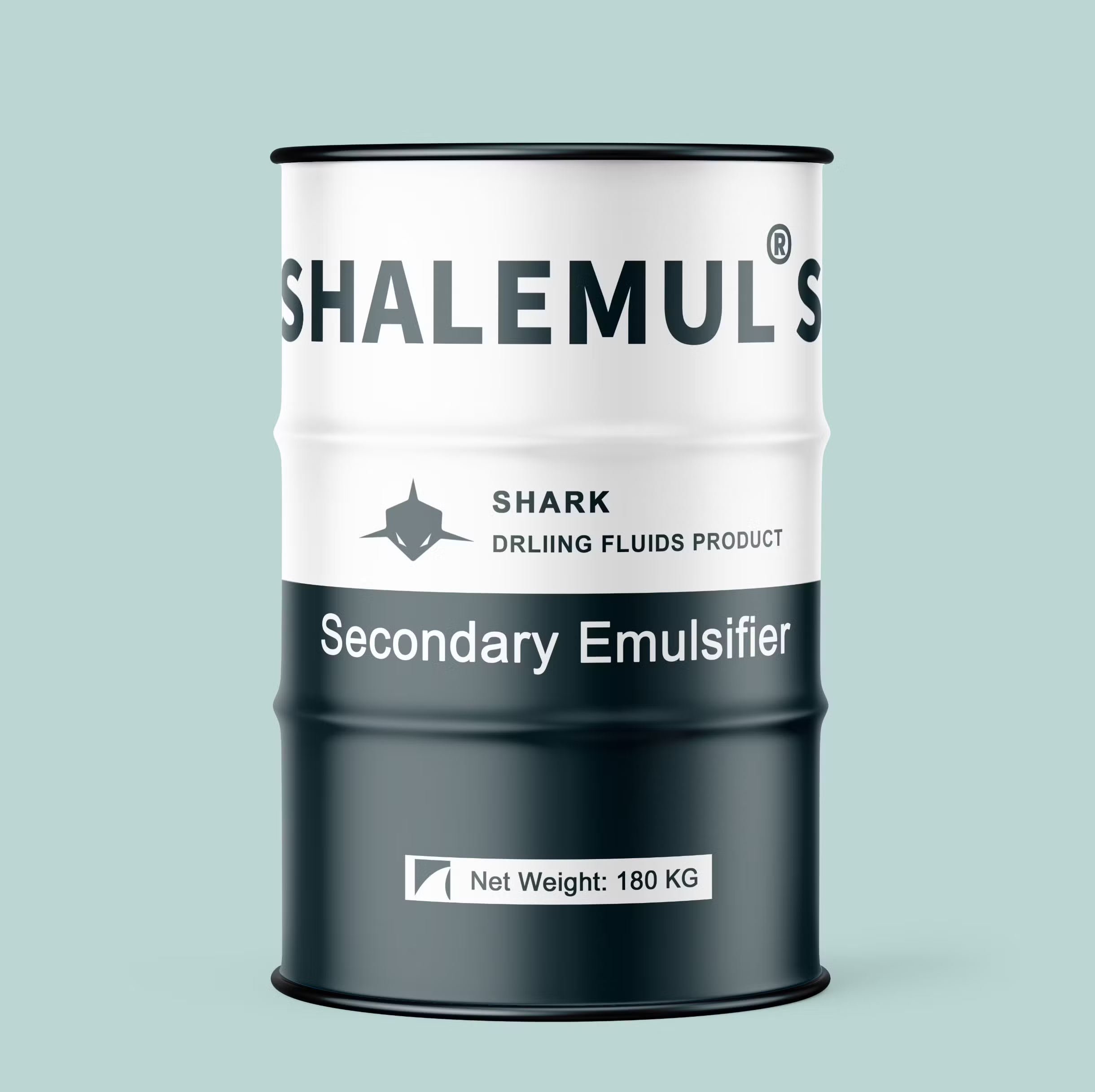
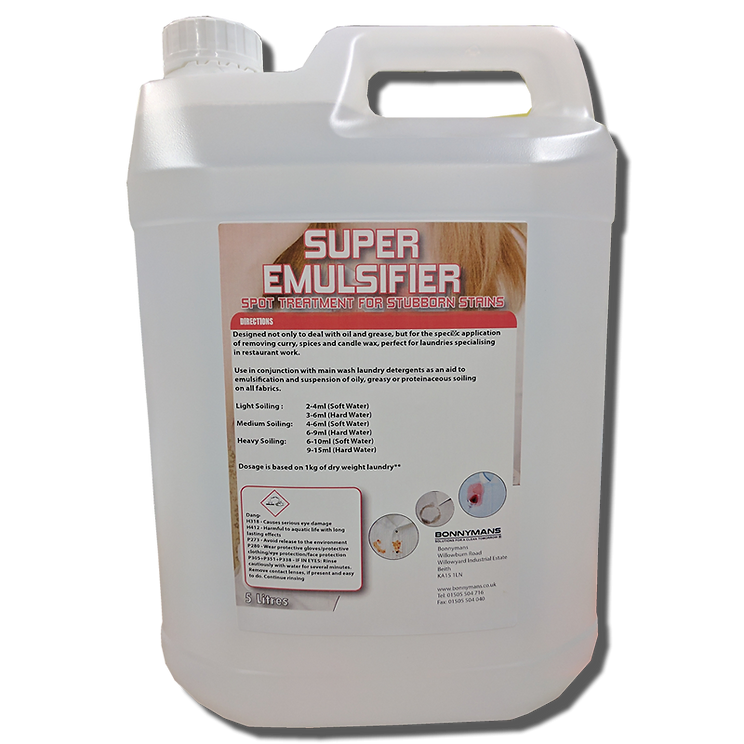

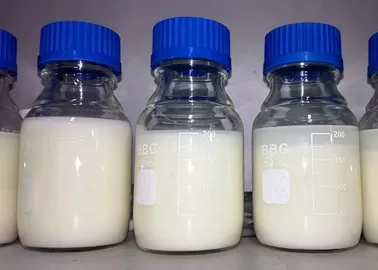




Reviews
There are no reviews yet.